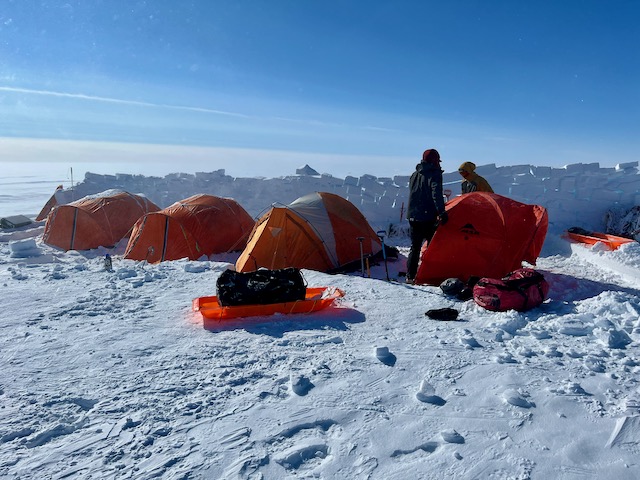Given expected increases in meltwater generation over the coming decades, understanding the state of the subglacial hydrologic system of Helheim Glacier is crucial to projecting future ice mass loss. We are conducting a system-scale characterization of the hydrology of Helheim Glacier, starting at its origins where the firn aquifer drains to the bed through crevasses.

Over multiple field seasons, we are deploying various geophysical instruments to observe the water inside and under Helheim Glacier from its surface. These instruments include a seismoelectric exploration system, arrays of GPS receivers in a crevasse field, multiple radars (ApRES and “regular” ground-penetrating radar), and seismometers.
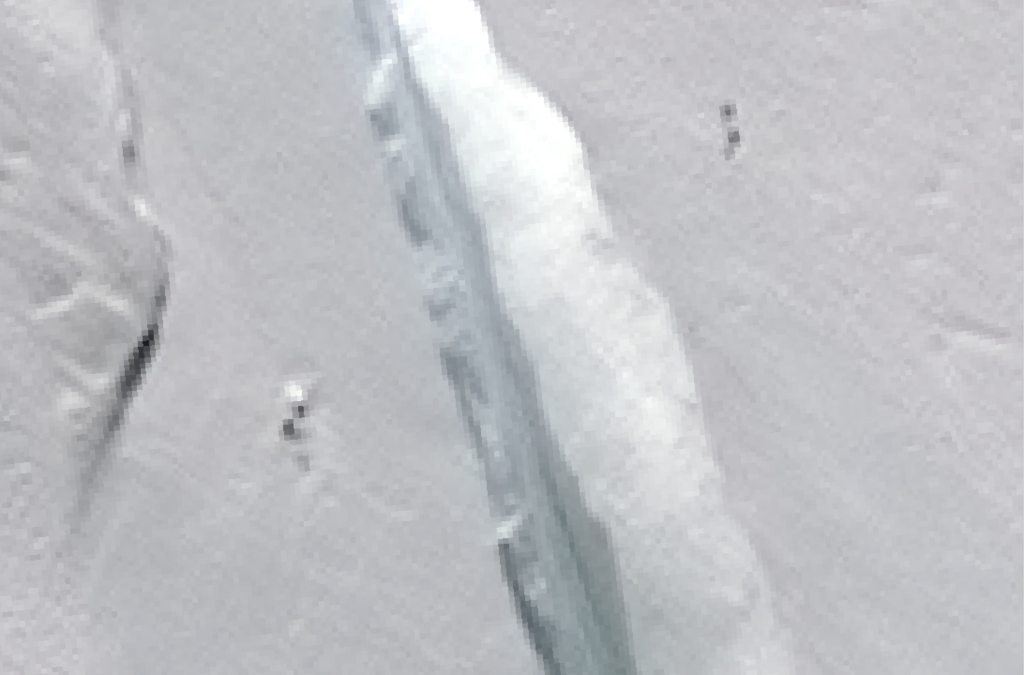
We observe the time-evolution of crevasse width using the GPS units. This measurement is directly comparable to the output of the crevasse propagation model we developed. The crevasse model, in turn, sits within a broader system of models that follows the water form the surface, downward through the snow, laterally through the firn aquifer, through the crevasse and, finally, to the subglacial water system that leads to the ocean. The GPS data will be used to validate the first three stages of this hydrologic system model.
UB personnel: Kristin Poinar (PI), Jess Mejia (postdoc 2021-2024), and Kniya Duncan (MS/PhD student).
Our collaborators are at Georgia Tech (Winnie Chu’s lab) and Dartmouth (Colin Meyer’s lab).
The Heising-Simons Foundation has funded this project as part of a large effort to characterize the recent behavior of Helheim Glacier, from the snow surface to the fjord mouth.
I’m always looking to add motivated students to my research group. I am particularly interested in working with students from minoritized backgrounds. If you’re interested in researching this topic, drop me a note and we’ll explore a research fit! Please include in your inquiry email your background, scientific interests, and research skill set or any research experience.
🧊
You can apply for a graduate research position at https://arts-sciences.buffalo.edu/earth-sciences/apply.html. UB Earth Sciences does NOT require the Graduate Record Examination (GRE) for admission to the graduate program.
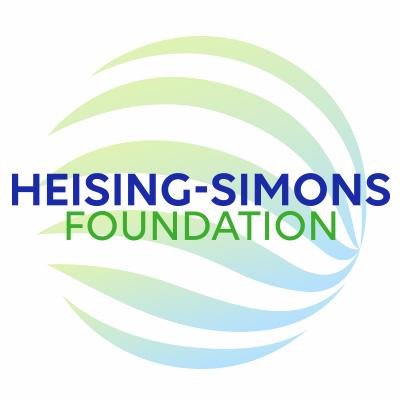
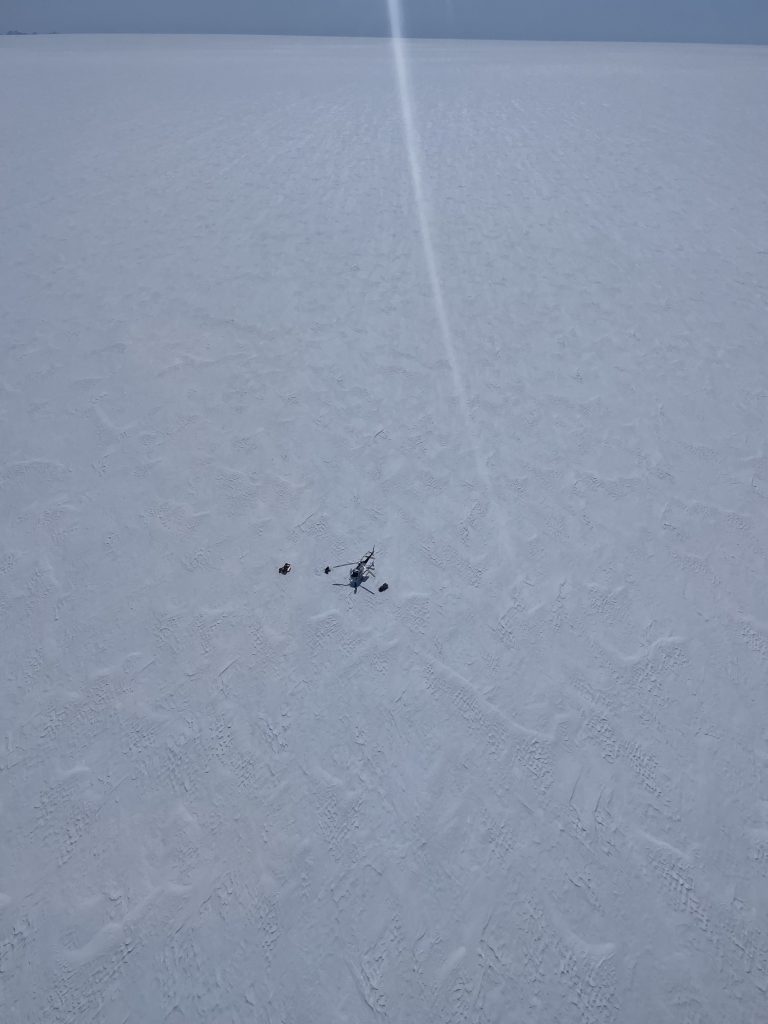
Helheim Fieldwork 2023
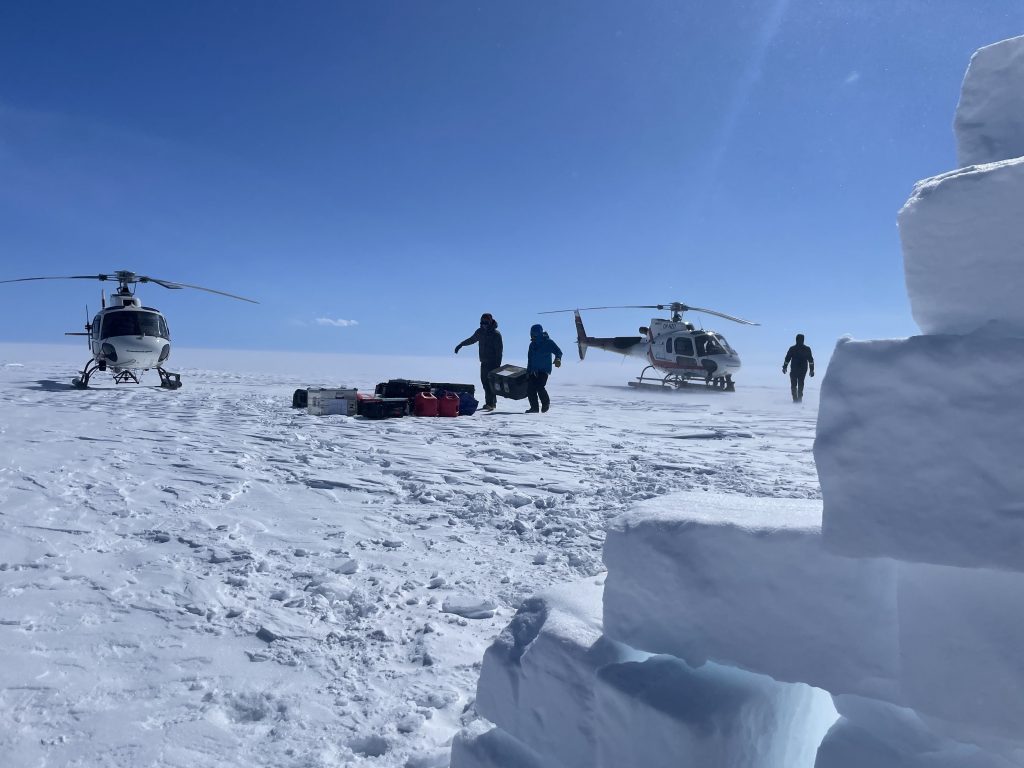
x
